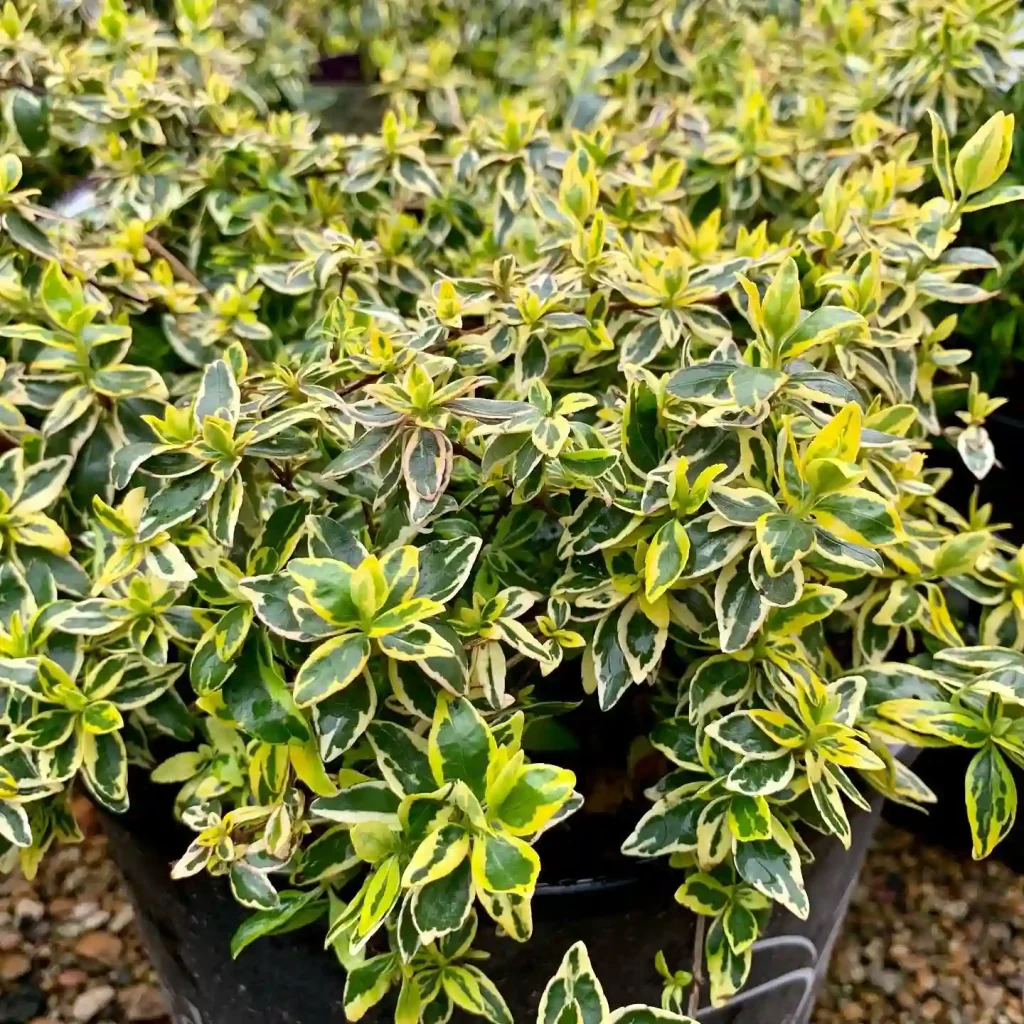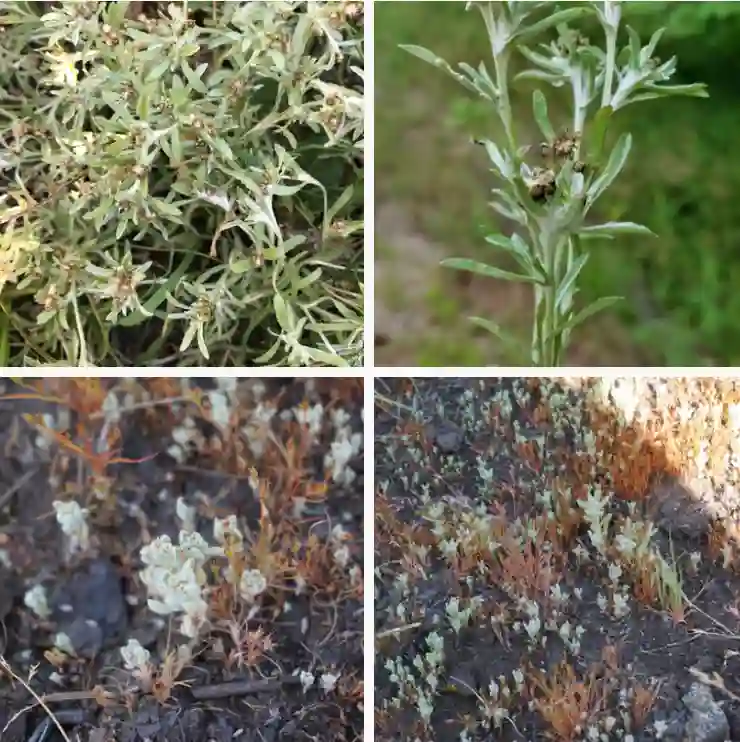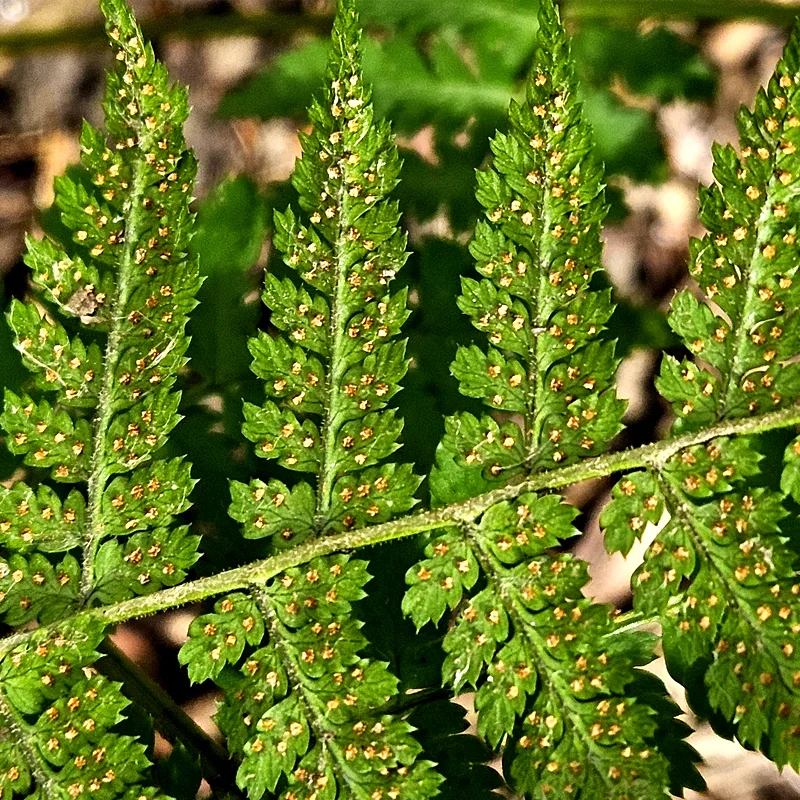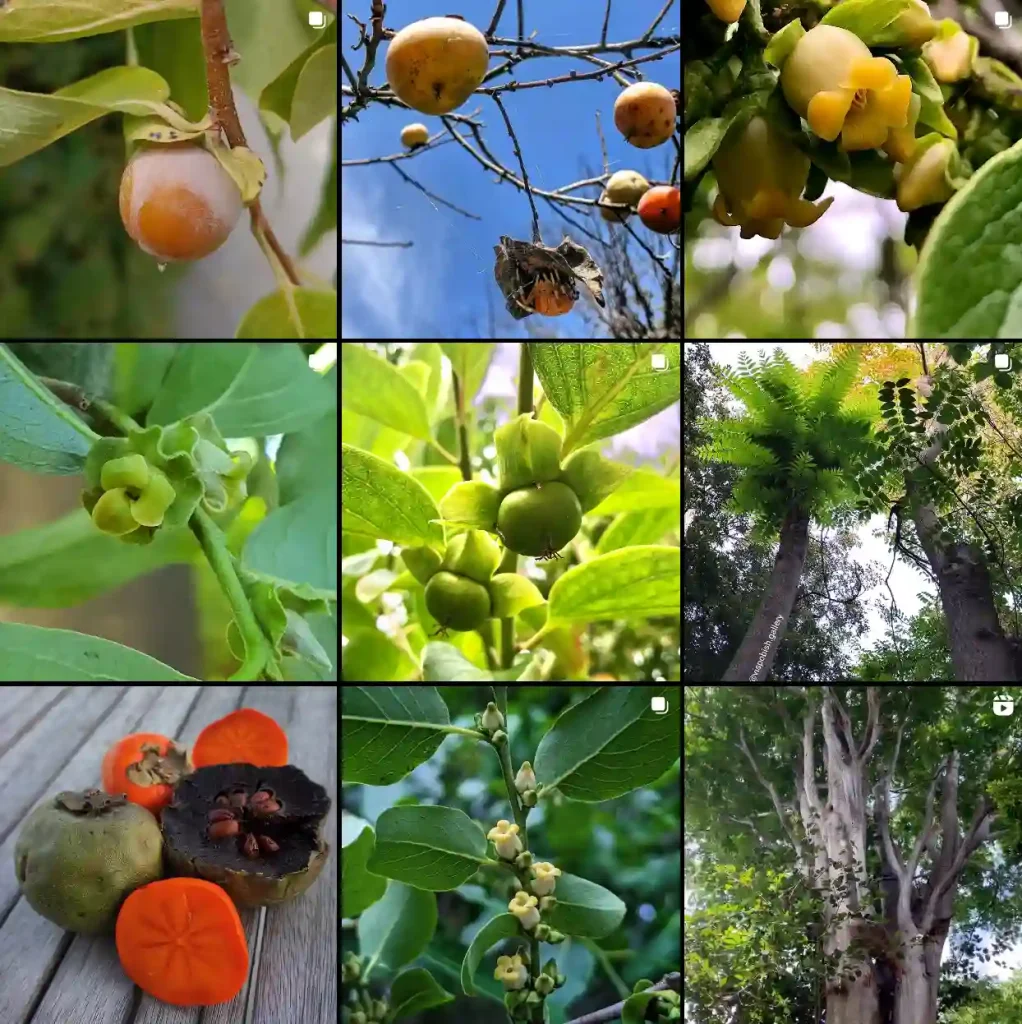FAQs About Senecio Vulgaris
Senecio Vulgaris, often known as Common Groundsel, is a fascinating and versatile plant. Over the years, I’ve come across several frequently asked questions about this species. If you’re curious about its care, propagation, or potential benefits, you’re in the right place. Here’s a comprehensive guide based on my experiences and insights.
1501 Species in Genus Senecio
What Is Senecio Vulgaris?
Senecio Vulgaris is a hardy annual herb that belongs to the Asteraceae family. It’s commonly referred to as Common Groundsel or Old Man’s Blanket. This plant is known for its yellow daisy-like flowers and serrated, green leaves. It’s often found in disturbed soils, roadsides, and gardens. Despite its common appearance, it has unique characteristics that make it an interesting addition to various plant collections.
How to Care for Senecio Vulgaris?
Taking care of Senecio Vulgaris is relatively straightforward. Here’s what I’ve learned about its care:
- Light Requirements: It thrives in full sun to partial shade. It can handle direct sunlight but also does well in shaded areas.
- Soil Conditions: Senecio Vulgaris prefers well-drained soil. It is not very particular about soil type but performs best in loamy or sandy soils.
- Watering: Regular watering is essential, especially during dry spells. The soil should be kept consistently moist but not waterlogged.
- Temperature: It is adaptable to various temperatures but prefers cooler climates. It can tolerate frost and light freezes.
- Fertilization: Minimal fertilization is needed. A light application of balanced fertilizer in the growing season can be beneficial.
How to Propagate Senecio Vulgaris?
Propagation of Senecio Vulgaris can be done through seeds. Here’s the process based on my experience:
- Collecting Seeds: The seeds are typically ready for harvest when the flowers have gone to seed and the seed heads have turned brown and dry.
- Sowing Seeds: Sow the seeds directly into the soil or start them indoors in seed trays. They should be lightly covered with soil.
- Germination: Keep the soil moist and at a temperature of around 15-20°C (59-68°F). Seeds usually germinate within a week or two.
- Transplanting: Once seedlings are large enough, they can be transplanted to their permanent location.
What to Plant With Senecio Vulgaris?
Senecio Vulgaris pairs well with several other plants. If you’re planning a garden, consider combining it with:
- Marigolds: Their bright colors complement the yellow flowers of Senecio Vulgaris.
- Lavender: The contrasting textures and colors create a visually appealing garden.
- Cosmos: These flowers add variety and are beneficial for attracting pollinators.
Is Senecio Vulgaris Toxic?
Senecio Vulgaris does contain pyrrolizidine alkaloids, which can be toxic if consumed in large quantities. However, it is generally not considered highly toxic to humans but can be harmful to livestock and pets. It’s always best to ensure that animals do not graze on it and to handle the plant with care.
Benefits of Senecio Vulgaris
Despite its potential toxicity, Senecio Vulgaris has several benefits:
- Ecological Value: It provides habitat and food for various insects and pollinators.
- Traditional Uses: In some cultures, it has been used in traditional medicine for its purported anti-inflammatory properties.
- Soil Health: Its presence can help in stabilizing soil in disturbed areas.
Common Problems with Senecio Vulgaris
From my observations, the common issues with Senecio Vulgaris include:
- Weediness: It can be invasive and compete with other plants for resources.
- Pest Problems: It may attract aphids and other small pests.
- Disease: Watch out for fungal infections, especially in damp conditions.
Compare with Similar Plants
When comparing Senecio Vulgaris with other similar plants, you might look at:
- Senecio Cineraria: Unlike Senecio Vulgaris, Senecio Cineraria is grown more for its ornamental silver foliage rather than its flowers.
- Senecio Rowleyanus: Commonly known as String of Pearls, this is a trailing succulent with a very different growth habit and care requirements compared to the upright, herbaceous Senecio Vulgaris.
Understanding these aspects of Senecio Vulgaris can help you decide if it’s a good fit for your garden or plant collection. Whether you’re growing it for its ecological benefits or simply for its unique appearance, this plant has much to offer.
If i die, water my plants!



